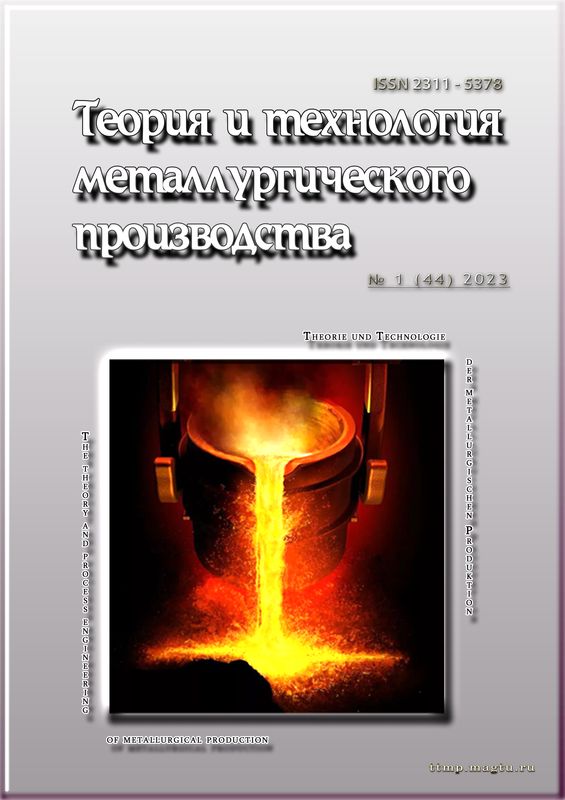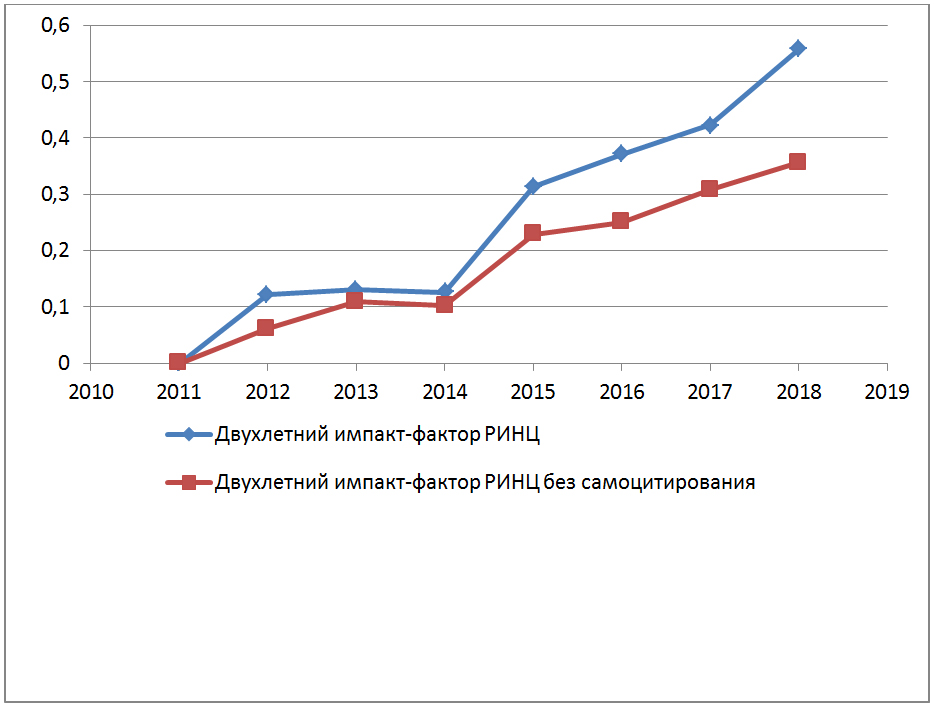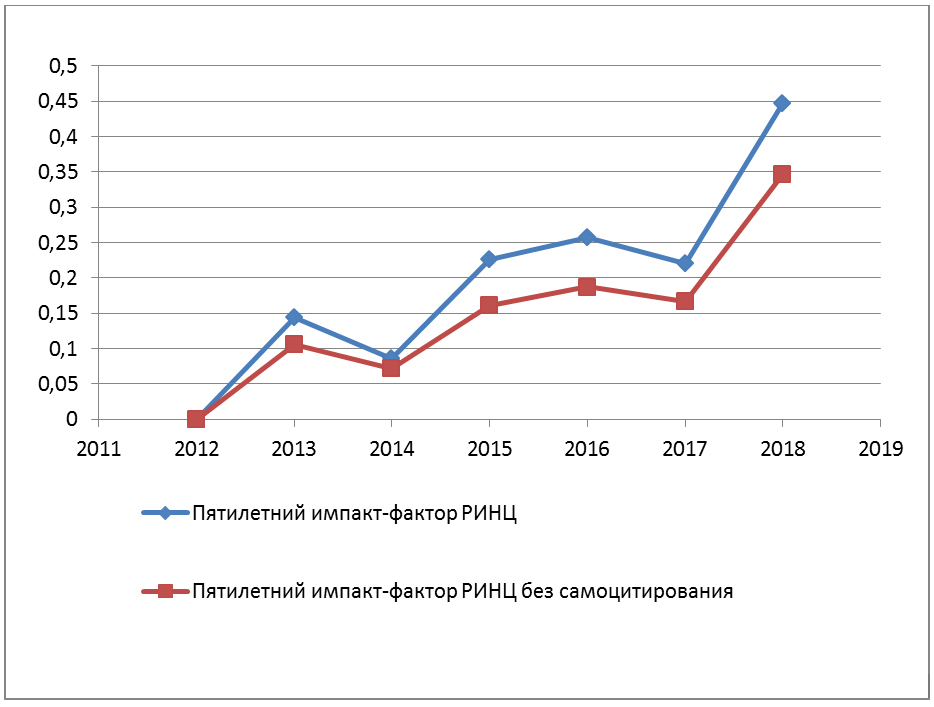download PDF
Abstract
The explored reserves of titanomagnetite ores at the Suroyamskoe deposit in the Chelyabinsk are equaled to 11 billion tons. For their extraction and processing, it is important to build a new metallurgical enterprise. The most promising scheme for obtaining metal is the traditional technology, consisting of the following stages: mining ore, its dressing, production of sinter and pellets from concentrates, smelting vanadium iron in blast furnaces and producing steel in an oxygen converter. Previously, to establish the basic technological parameters of the new production in laboratory conditions at Nosov Magnitogorsk State Technical University the processes of smelting vanadium iron from titanomagnetite sinter was studied. In this work, the process of devanadation of this iron was studied to obtain vanadium slag, suitable for the production of ferrovanadium. The technology of devanadation was developed to produce two products – iron and vanadium slag. It was found in the work that in the course of vanadium iron smelting it is necessary to obtain vanadium concentration at least 0.22%. The dependences of the main indicator of the efficiency of devanadation – the content of vanadium oxide in the slag on the concentration of vanadium in the cast iron and the amount of slag – were found. The fundamental possibility of carrying out devanadation of experimental Suroyamsky iron to produce vanadium slag containing up to 12% V2O5 using air blast as an oxidizer has been confirmed.
Keywords:
Titanomagnetic ore, Suroyamsky deposits, sinter, chemical composition, iron, devanadation, vanadium slag.
Bigeev Vakhit A. – Professor of Metallurgy and Chemical Technologies Department, Nosov Magnitogorsk State Technical University, Magnitogorsk, Russian Federation. E-mail: This email address is being protected from spambots. You need JavaScript enabled to view it.
Kharchenko Alexander S. – Head of Metallurgy and Chemical Technologies Department, Nosov Magnitogorsk State Technical University, Magnitogorsk, Russian Federation. E-mail: This email address is being protected from spambots. You need JavaScript enabled to view it.
Potapova Marina V. – Ph.D. (Eng), Associate Professor of Metallurgy and Chemical Technologies Department, Nosov Magnitogorsk State Technical University, Magnitogorsk, Russian Federation. E-mail:
This email address is being protected from spambots. You need JavaScript enabled to view it.
Zakutskaya Lyubov A. – postgraduate student of Metallurgy and Chemical Technology Department, Nosov Magnitogorsk State Technical University, Magnitogorsk, Russian Federation. Phone: 8(3519)29-85-73. E-mail: This email address is being protected from spambots. You need JavaScript enabled to view it.
Shchelokov Nikolay S. – master degree student of Metallurgy and Chemical Technology Department, Nosov Magnitogorsk State Technical University, Magnitogorsk, Russian Federation. Phone: 8(3519)29-85-73. E-mail: This email address is being protected from spambots. You need JavaScript enabled to view it.
Posokhin Mikhail A. – bachelor degree student of Metallurgy and Chemical Technology Department, Nosov Magnitogorsk State Technical University, Magnitogorsk, Russian Federation; E-mail: E-mail:
This email address is being protected from spambots. You need JavaScript enabled to view it.
Potapov Ivan M. – bachelor degree student of Metallurgy and Chemical Technology Department, Nosov Magnitogorsk State Technical University, Magnitogorsk, Russian Federation; E-mail: This email address is being protected from spambots. You need JavaScript enabled to view it.
Kirichko Alesey D. – bachelor degree student of Metallurgy and Chemical Technology Department, Nosov Magnitogorsk State Technical University, Magnitogorsk, Russian Federation; E-mail: E-mail: This email address is being protected from spambots. You need JavaScript enabled to view it.





